At Top Notch Contracting, we’ve built everything from historic restorations to all-electric Passive House builds and over time, we’ve refined not just what we build, but how we build it. Increasingly, that means turning to panelized systems from trusted partners like EcoCor and Acorn Deck House.
In this case study, we take a closer look at how panelization stacks up against traditional stick framing, especially on high-performance and Passive House projects where airtightness, thermal integrity, and schedule control are critical.
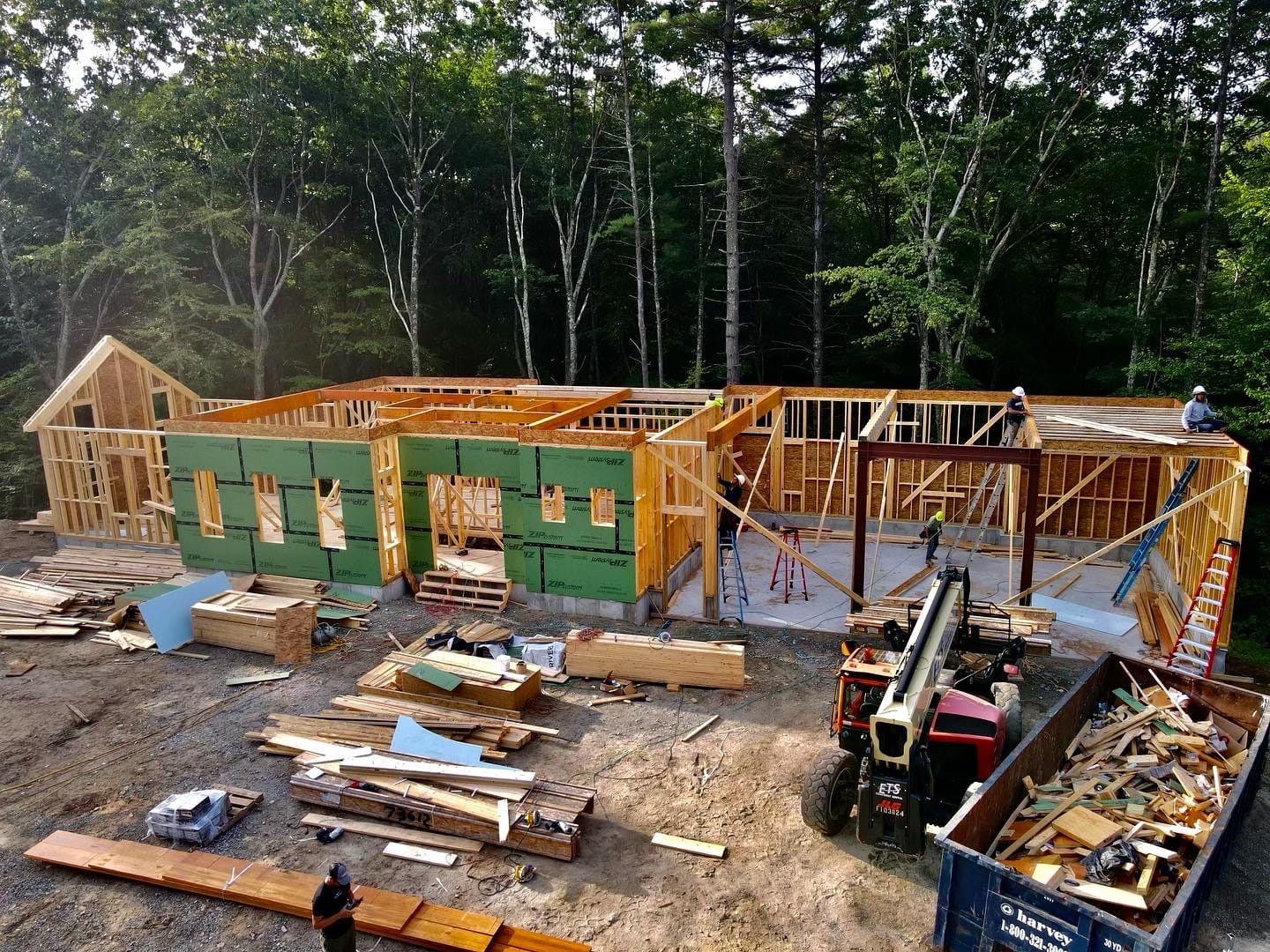
Panelized building systems use factory-built wall, floor, and roof assemblies delivered to the job site ready to install. This method reduces onsite labor, accelerates dry-in timelines, and improves precision.
We’ve partnered with EcoCor, known for Passive House-certified assemblies and airtight sub-slab systems, and Acorn Deck House, whose legacy lies in design-forward, high-quality panel systems with a modernist edge.
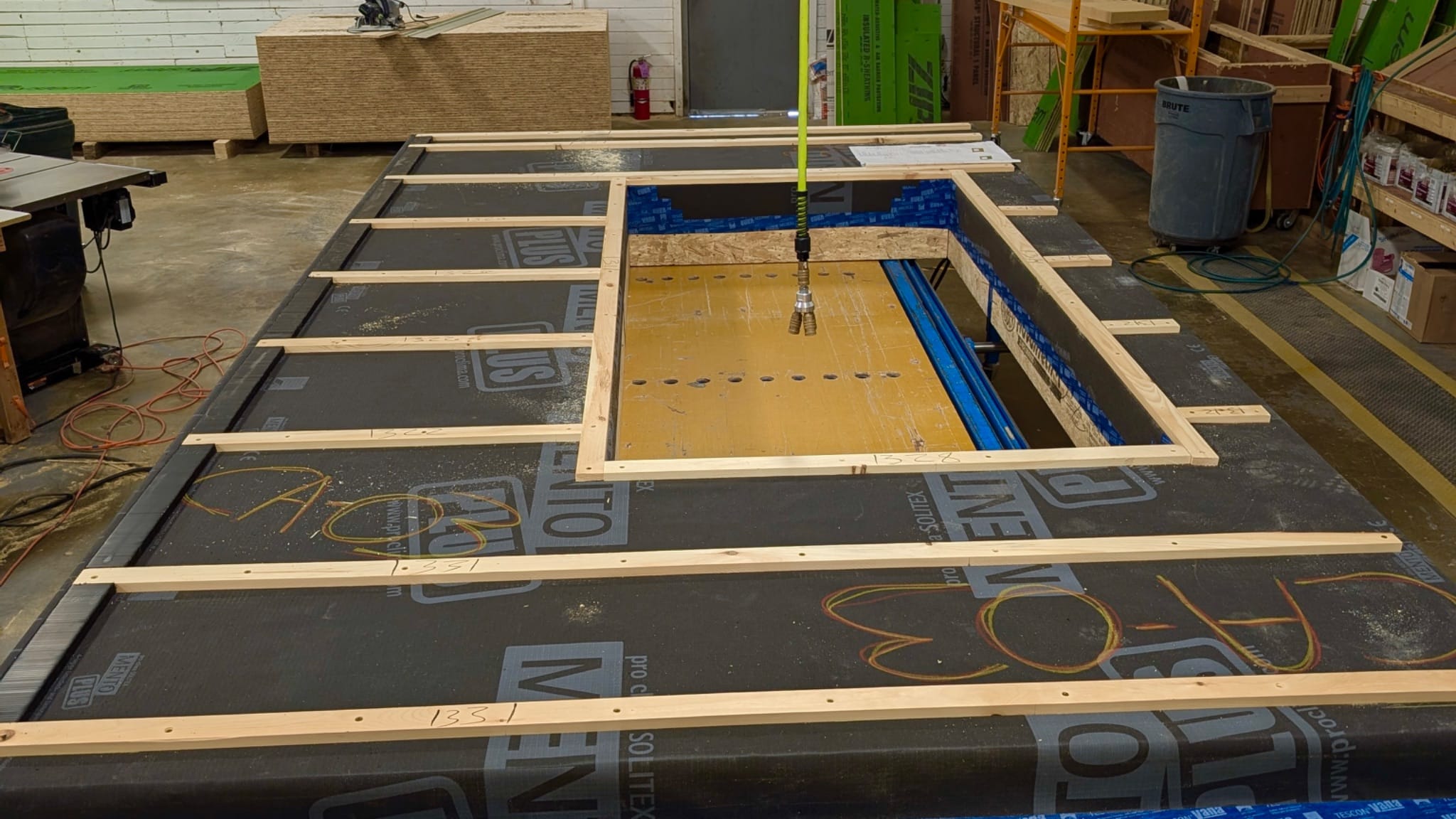
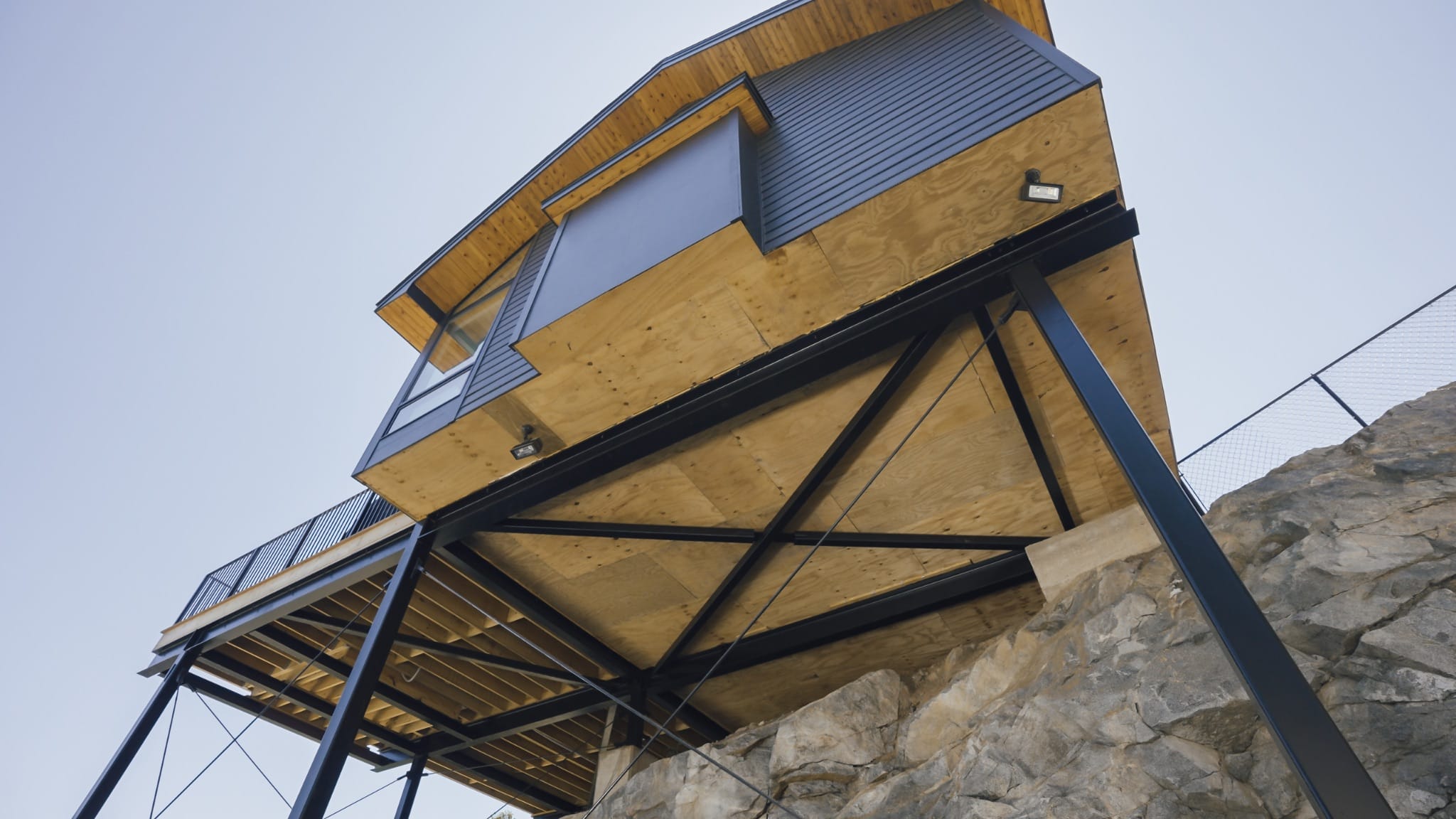
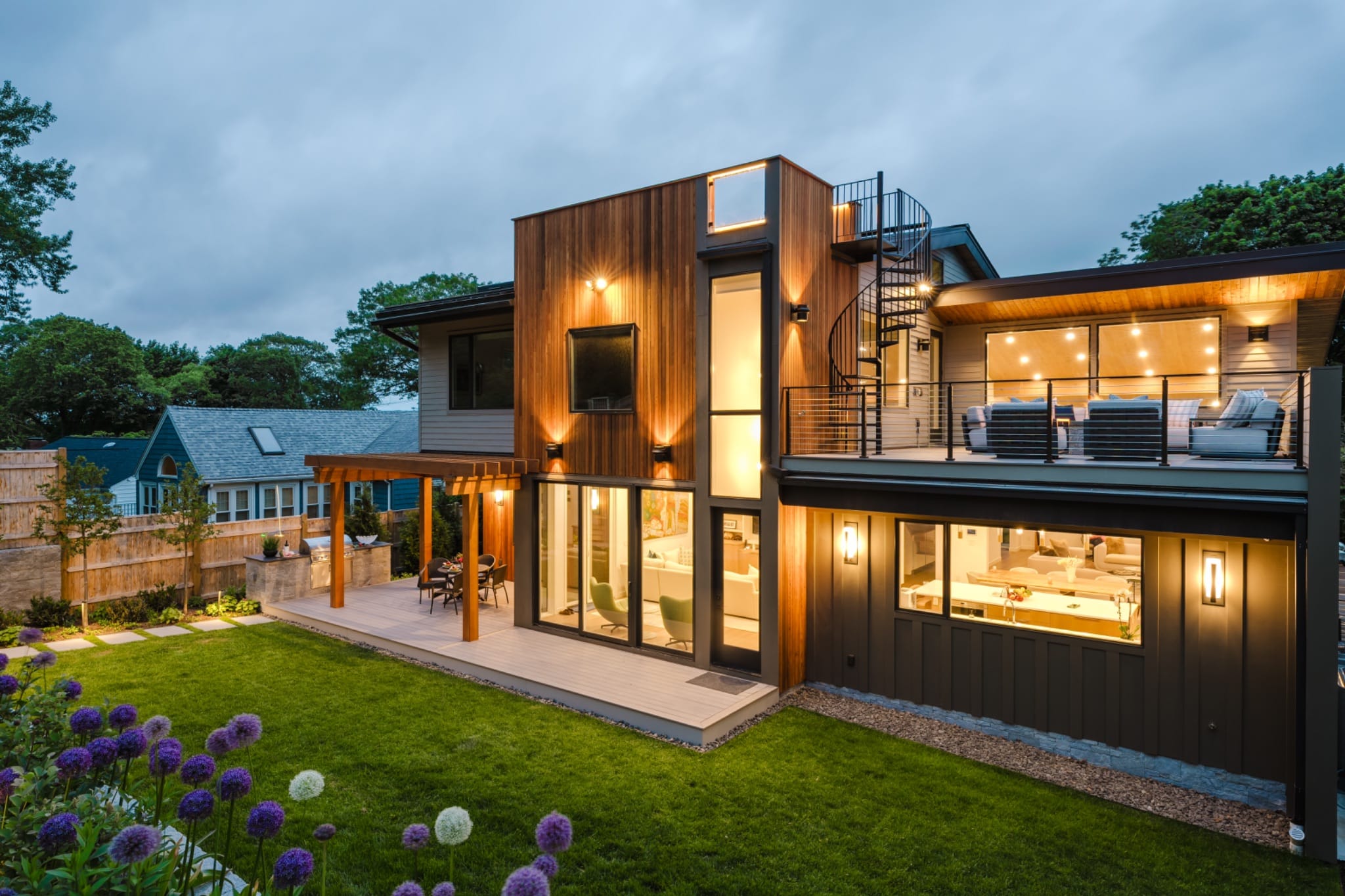
We’ve used panelized assemblies on remote jobs, tight urban lots, and high-performance homes with complex sequencing—all with excellent results.

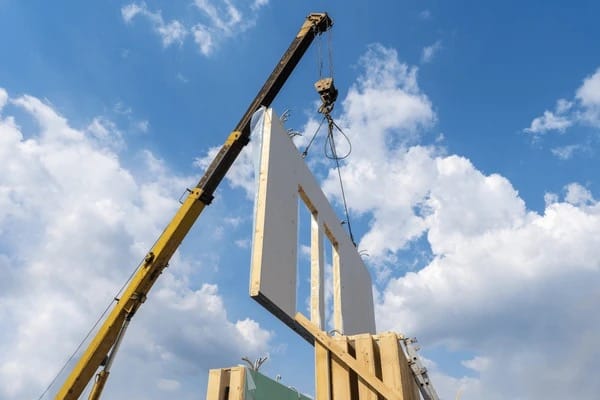
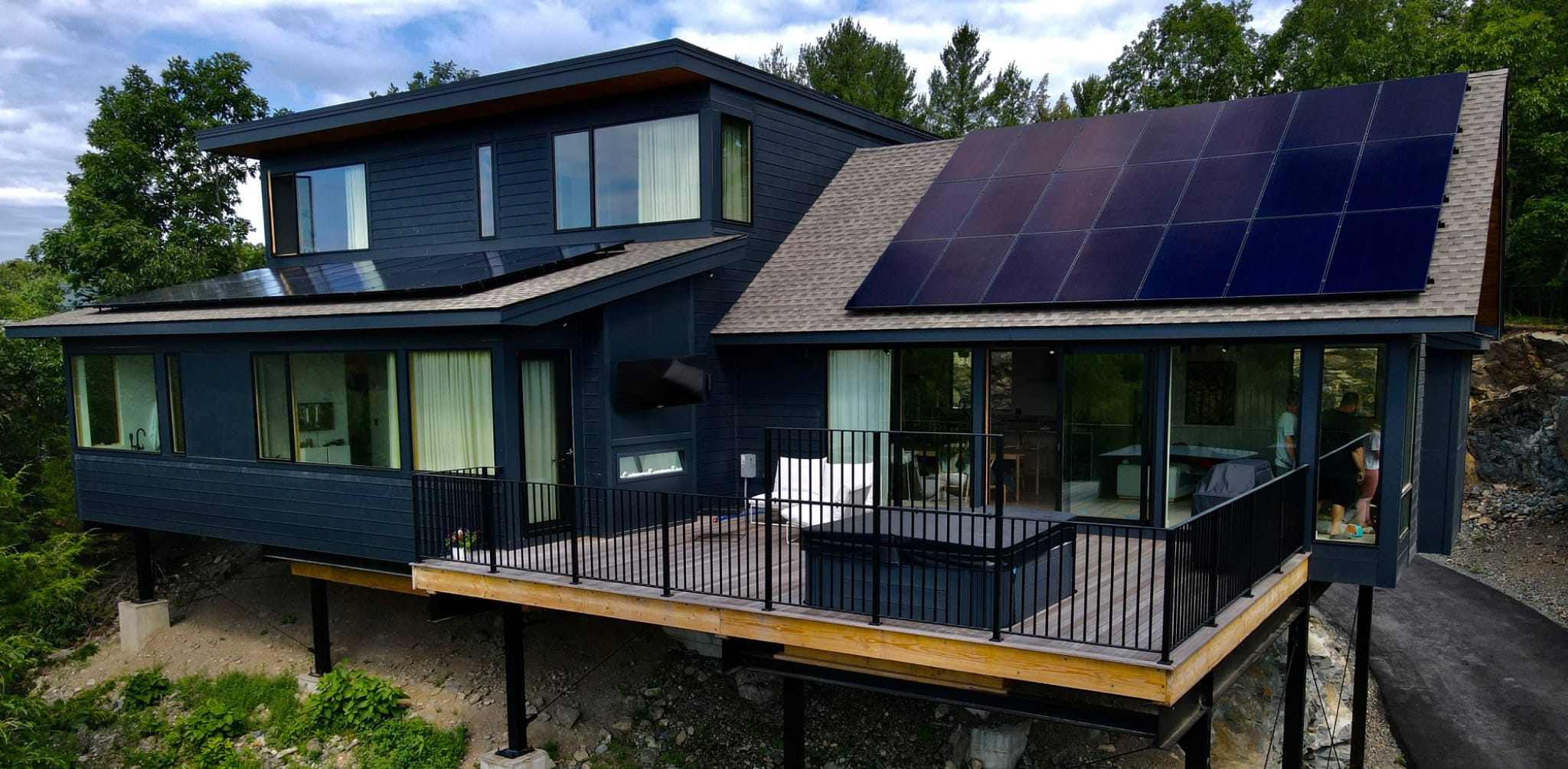
A custom Acorn Deck House panel package brought this hillside home to life with precision framing, airtight detailing, and continuous insulation. The result? Long-term performance and a rapid path to weather-tight.
This modern Berkshire retreat is being built in collaboration with the EcoCor team, utilizing Passive House-level assemblies with ACH-tested panels. Panelization enabled rapid shell installation on a tight-access site while maintaining exceptional thermal performance and air tightness.
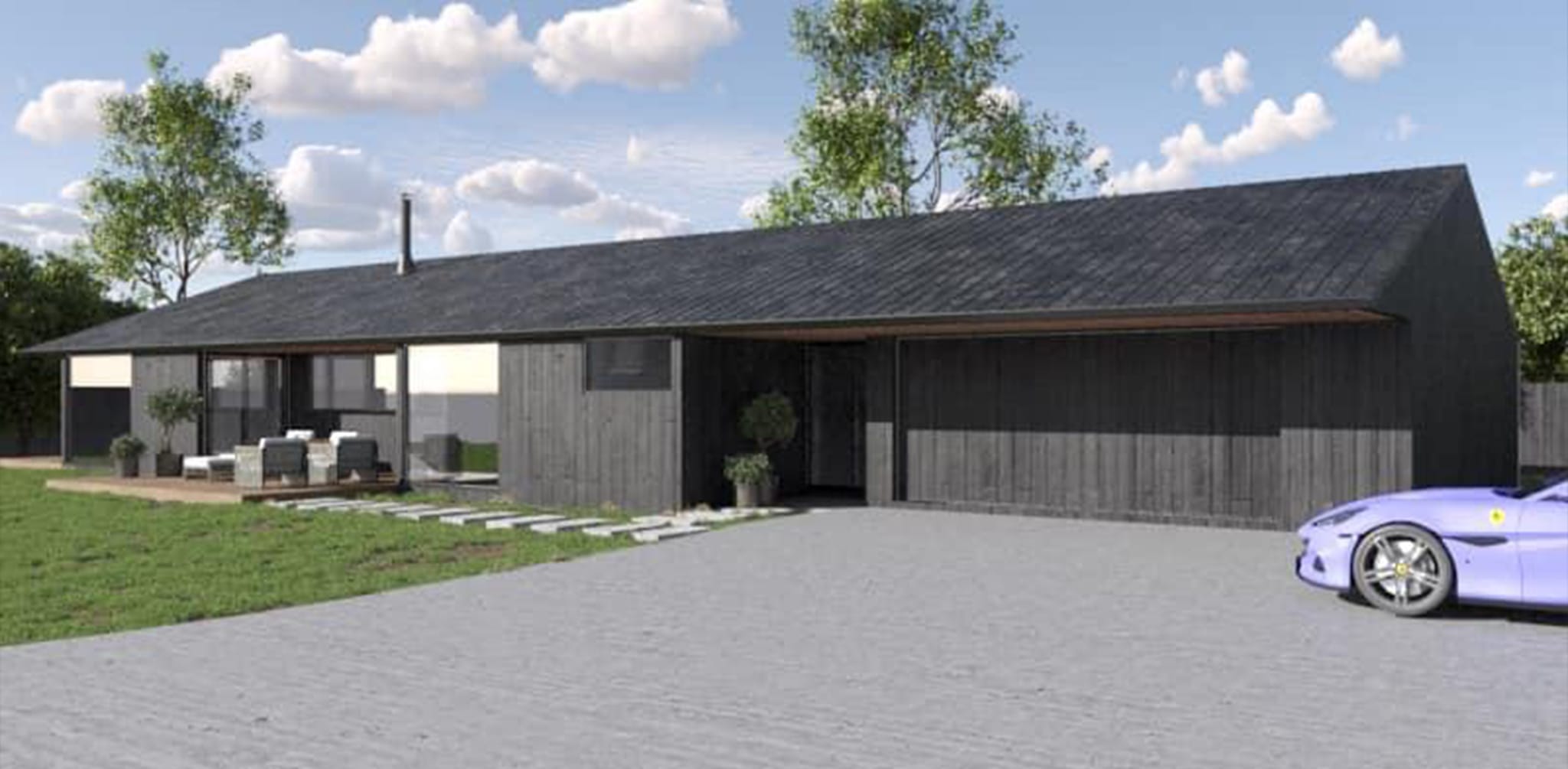
While panelization isn’t a one-size-fits-all solution, it’s a powerful tool when used on the right project with the right team. As performance codes rise and labor markets evolve, panelized building systems are no longer the future—they’re the now.
Interested in whether panelization makes sense for your build?
Panelization doesn’t replace craftsmanship—it enhances it. It lets our team focus more on critical detailing and quality installation while reducing the unknowns that come with traditional framing